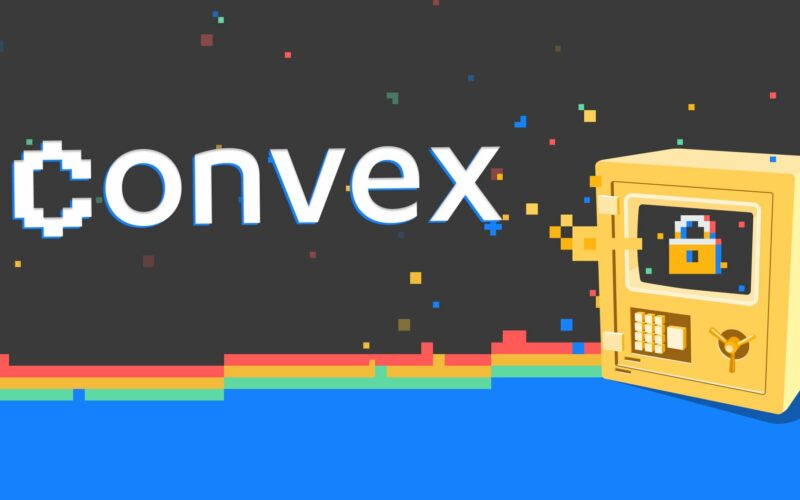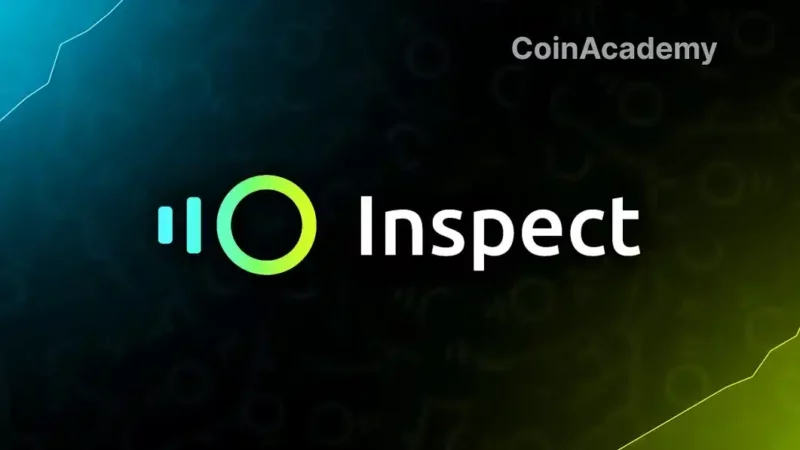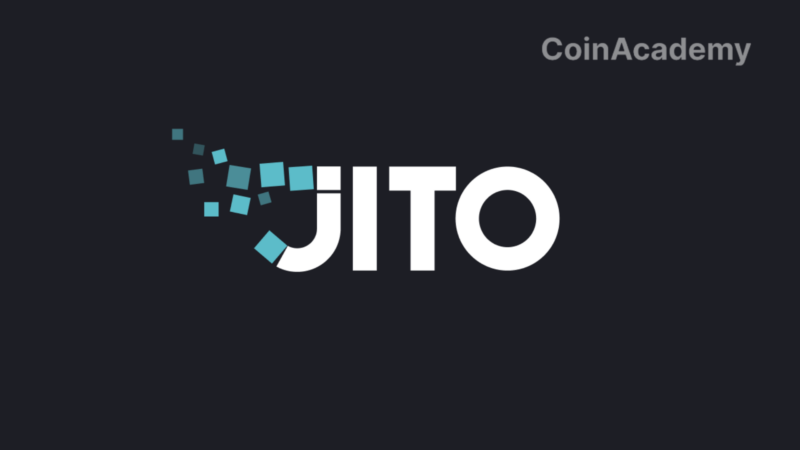Convex Finance: Maximizing Yield and Reducing Fees
Convex Finance is a DeFi protocol that aims to maximize the staking yields of the Curve Finance ecosystem while reducing fees. But what exactly is the role of Convex Finance’s native token, CVX? In this article, we will explore its advantages and disadvantages.
What is Convex Finance?
Convex Finance acts as a layer on top of the Curve Finance protocol, which is a specialized DeFi platform for swaps and stablecoin farming. Founded by Michael Egorov in 2020, Curve Finance allows for easy and low-cost crypto exchanges with support for various stablecoins.
On the other hand, Convex Finance, initially founded by Ricardo Rosales in 2021, is a DeFi project that enables users of the Curve Finance ecosystem to maximize their staking yields. However, once your CRV tokens are converted to cvxCRV, there is no going back.
The Creation of the CVX Token
The CVX token was created to enhance staking on Curve (CRV). It serves as the native cryptocurrency of the Convex Finance platform. CVX rewards liquidity providers on Curve and CRV stakers with additional rewards. It also allows users to benefit from these rewards in various ways without the need to provide liquidity on Curve Finance.
Additionally, CVX can be staked on Convex Finance to earn cvxCRV tokens, which provide CRV income from Curve LP and partial fee refunds. The supply of CVX is proportionally minted based on the CRV tokens claimed on Convex Finance by Curve liquidity providers. Furthermore, locked CRV tokens can be used for protocol governance, increasing rewards, earning a percentage of transaction fees, and reducing transaction costs. CVX is an ERC-20 token.
Utility of the CVX Token
The CVX token offers several advantages, such as active participation in the governance of the protocol. CVX holders have the ability to influence important decisions regarding fee distribution, fund management, and partnerships. This sense of involvement and usefulness in the project’s development is enhanced by holding CVX tokens.
Moreover, CVX token holders can benefit from a share of the exchange fees generated on the platform, increasing potential rewards for all users, regardless of their investment size.
Disadvantages of the CVX Token
However, the CVX token also comes with certain drawbacks. Firstly, although CVX holders have voting rights and can participate in the protocol’s governance, individual decisions can be overridden by the majority. Thus, there is no guarantee of the respect of personal choices in case of major disagreement.
Secondly, investing in CVX carries significant speculative risks. Like any cryptocurrency, the value of CVX can fluctuate rapidly, increasing the risk of significant losses. This volatility can particularly affect CVX holders using their tokens for governance purposes, as a sharp drop in token value can hinder their ability to influence decisions.
Lastly, the option to delegate voting rights to other users can lead to power centralization. This becomes especially concerning if large amounts of CVX tokens are held and controlled by a few entities, such as exchanges, which could potentially disproportionately influence governance decisions.
Conclusion
Convex Finance, with its native token CVX, offers a promising opportunity for increased yields and governance power for users. However, these opportunities are not without risks, such as CVX token volatility, high holding requirements to maximize returns, and risks of delegated governance rights centralization.
Nevertheless, despite these challenges, Convex remains an important player in the DeFi landscape, offering attractive possibilities. Powered by Curve Finance, which has established itself as one of the most robust decentralized exchanges, Convex Finance seems destined for a promising future.




